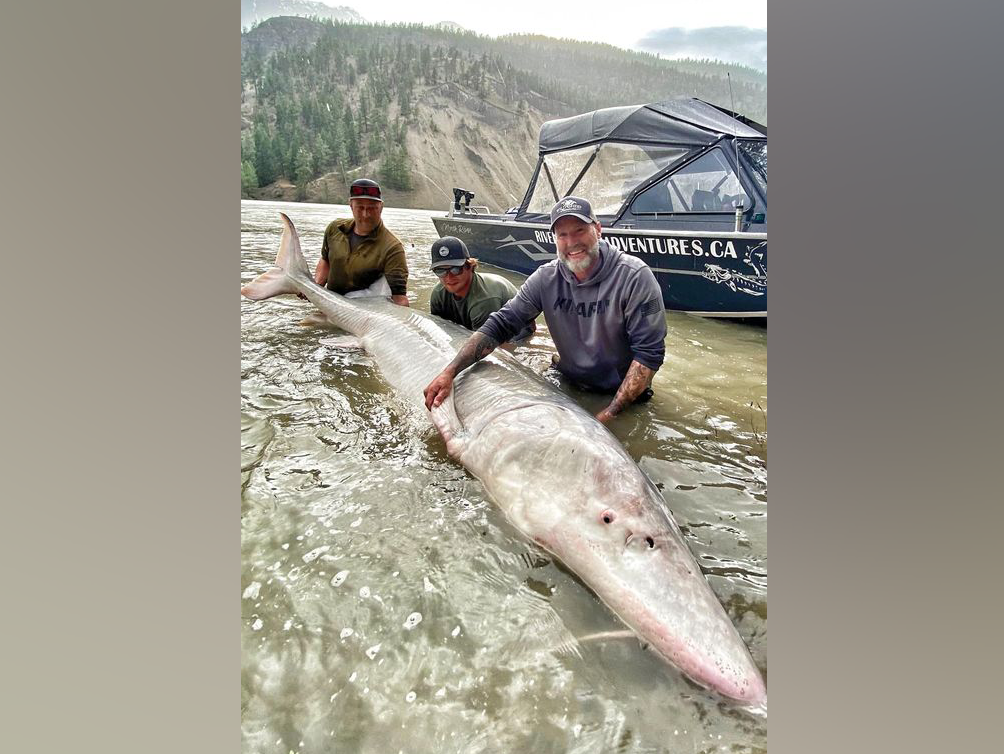Sturgeon, a fish that is found in freshwaters around the world, is a delectable food source that can be eaten raw or cooked. It is also known for its roe, which can be processed into luxury food caviar.
Unfortunately, sturgeon populations are endangered as a result of over-exploitation for their flesh and roe. This has led to a number of conservation issues, including the loss of sturgeon habitat.
Overview of Sturgeon as a Food Source
Sturgeons are large fish that live mainly in freshwater, but can also be found in salt water. They are a member of the fish family Acipenser, and there are about 27 species worldwide.
They are omnivorous and eat a variety of foods. They forage on muddy and gravelly bottoms, using their snouts to stir up the bottom and their suction-tube mouths to draw in food from floating debris.
In North America, white sturgeon (the largest and most powerful fish found in inland waters of North America) eat shrimp, crayfish, snails, fish eggs, aquatic macroinvertebrates and frogs. Lake sturgeon, which spawn in freshwater lakes, eat mussels, clams and small fish. They were once common across the Great Lakes, but their populations were decimated by overfishing in the 1800s.
Culinary Uses and Traditional Dishes
Sturgeon fillets have a satisfyingly meat-like texture, unlike the delicate flakiness of most white fish. This makes it a great choice for preparing a wide range of dishes.
Traditionally, sturgeon is poached or simmered in liquid at temperatures 20 to 30 degrees below the boiling point. Chefs often prepare sturgeon by simmering it in wine- or butter-based sauces.
In addition to traditional dishes, sturgeon is also used in Asian cuisine. For instance, a hot pot dish called trout and sturgeon is popular in Vietnam.
Caviar is another delicacy that comes from sturgeon eggs harvested during a female’s spawning season. It is a delicious and nutritious food, packed with protein and amino acids, as well as iron and vitamin B12.
Availability and Market Trends
Sturgeon is one of the most endangered fish groups in the world, as a result of obstruction of spawning migrations in rivers by dams and human encroachment, intensive commercial fishing for caviar, and habitat degradation.
However, aquaculture of sturgeon has become increasingly popular in recent years. This helps save wild sturgeon populations.
The market for sturgeon caviar is expected to grow in the future, due to increasing demand. This market is expected to grow at a CAGR of % during the forecast period, and is projected to reach USD million in 2028.
Health Benefits and Concerns
Sturgeon are fishes that have evolved 250 million years ago and are considered genetically “living fossils”. They belong to the phylum Chordata, superclass Osteichthyes, class Actinopterygii, order Acipenseriformes and family Acipenseridae (Scott and Crossman, 1973).
Sturgeon species are biologically and economically important, but their large size, long life span, and long period between spawning make them vulnerable to overfishing and habitat degradation. They are also affected by pollution and nutrient depletion.
Sturgeon is an excellent source of protein and dietary fiber. The fatty acid content of sturgeon is also high, as is its amino acid profile. Moreover, sturgeon contains vitamins A, B-3, and B-6. Vitamin A is an antioxidant that supports skin health, bone metabolism, embryonic development, immune health, and gene transcription and reproduction.
Sustainability Issues
Despite their unique status, sturgeon are vulnerable to overfishing and illegal trade. This is due to their long life cycles, which means that it takes a significant amount of time for stocks to recover after they are overfished.
Sturgeon also face other environmental threats. For example, dams and other hydrological engineering projects can disrupt and degrade sturgeon habitat.
In addition, sturgeon are highly sensitive to changes in water levels and runoff. As a result, they can become displaced and become susceptible to diseases, parasites and other stressors.

